Before it is possible to play a game of Black Powder Epic Battles: The Waterloo Campaign it will be necessary to muster a grand army in miniature. The different nations, armies and battalions that fought during the Hundred Days War are many and varied but for now we shall confine ourselves to considerations that affect all armies equally.
The armies of all nations were made from a series of building blocks – divisions from two or more brigades, brigades from regiments, and regiments from battalions or cavalry squadrons.
Infantry
Infantry battalions within a brigade or cavalry squadrons within a regiment fought in mutual support of each other. The brigade or regiment was the main tactical element on the battlefield.
Infantry in the main was designated line or light. A significant tactical development of the Age of Napoleon was the extensive use of light infantry. Introduced into European battle during the Seven Years War and deployed as skirmishers, Austro-Hungarian light infantry stung the steady ranks of Frederick the Great’s armies. Line infantry dominated the field, manoeuvring in a column for ease of movement or to carry the attack into the enemy, only deploying into line for fire effect. Light infantry deployed in skirmish formation to screen columns prior to the attack.
Arms and equipment were to all intents and purposes the same in the Napoleonic period as they were throughout the previous hundred years. Yet the commanders who took the field during the War of the Spanish Succession or the Seven Years War didn’t rely on assault columns to launch attacks or form a square to repel cavalry, tactics which were used extensively on the Napoleonic battlefield. This leads to one conclusion: that if weapons were the same then the soldiers that used them were not.
Most European armies of the Napoleonic period relied on semi-trained conscripts, and these soldiers were not the well-drilled veterans of previous wars. They were unable to deliver effective musketry volleys that could make a firefight decisive, but still, the stalemate had to be broken.
Cavalry
The cavalry of the Napoleonic Wars could be grouped into four main categories: heavy, medium (or line), light and lancers.
The heavy cavalry was the shock arm of the army and were big men on big horses. Their main role was to clear the field of enemy heavy cavalry and destroy infantry formations.
Heavy cavalry formations were some of the most valuable assets in the army and were not used until absolutely necessary. Cuirassiers and carabiniers were found in most European armies, whilst the British had heavy dragoons.
Medium (sometimes known as a line) cavalry had a similar role to that of their heavier cousins. They also provided tactical flexibility, being capable of the pursuit of a defeated enemy or providing rearguard support during a retreat. Dragoons, in the main, fitted this role and were more numerous than the truly heavy cavalry.
The term light cavalry covers many different types of unit; light dragoons, hussars and Chasseurs à cheval for example. Light cavalry was used to protect the flanks of an army as well as in reconnaissance and pursuit roles but had a little shock effect on the battlefield.
Lancers provided the shock effect of heavy cavalry with the manoeuvrability of true light cavalry. They were used to provide heavy cavalry support as well as attacking infantry, even when they were in square. The Hungarian and Polish light cavalry were much admired, their hussar or lancer styling being copied by many nations. Like the infantry, cavalry could be deployed in line or column on the battlefield and preferred to fight in line against mounted opponents and in columns against infantry.
Artillery
Artillery was split into two categories, foot and horse, with both seeing a great deal of improvement in the 18th Century to make guns much more manoeuvrable. However, all artillery was inaccurate and had to be re-laid after every shot. The smallest guns put in the field were three and four pounders and the heaviest were the twelve pounders; the guns graded by the weight of their cannon balls. The three and four pounders were usually used as regimental pieces, providing direct support to the infantry and cavalry. The twelve pounders, on the other hand, were the queens of the battlefield. They were normally grouped together, opposite the enemy line where the main attack would be put in. Great concentrations of guns, to provide a massed preliminary bombardment, was another new battlefield feature of the Napoleonic period.
In between those two extremes, there were numerous other types, the six to nine pounders. In most armies, six pounders were used as horse artillery to good effect.
Artillery, whatever the weight, delivered death on an unprecedented scale during the Napoleonic wars.
Constructing an Epic Battles: Waterloo Army
Whether you collect French or Coalition, you’ll need to organise your miniatures into bodies of men which are generally referred to as units – these represent fighting formations of the day, which in reality would have been a variety of military terms ascribed to them. For simplicity’s sake and clarity of rules, they are all presented as units within the rules. Players are of course recommended, during gameplay, to use the correct individual terms for each of their units, which we find is a superb method of better investing in your little plastic troops in the thick of battles!
Unit Sizes
The standard size of all units in the game corresponds to the frontage occupied by a typical unit when it is deployed in its usual fighting formation, for example, a line for an infantry battalion, regiment of cavalry, or artillery battery. However, some units are either significantly smaller or significantly larger than standard. Light troops, for example, were often divided into separate small units, typically operating as skirmishers or scouts, or a once-proud frontline formation may have suffered so many casualties over the course of a campaign that they are reduced to a much smaller company strength. At the other end of the scale, some armies did field battalions that were considerably bigger than those in general use in the day. The different size of units is represented by differing the number of bases in the unit. The table below shows how many bases are in each sized unit.
Brigades
Units are formed into larger groups known as brigades, and a number of brigades will form your army. Each brigade must also be assigned a senior officer model to lead it. Happily enough, you’ll find one of these on each of the British or French Infantry sprues. A typical brigade comprises between three and six units, though there is no limit. However, players should be aware that between three and six is about the right number to avoid unruliness and allow the brigade commander to effectively issue orders – their Staff Rating is decreased proportionally to the distance that an order is given.
There are no hard and fast rules as to which units can be within a single brigade formation. For example, a brigade could consist of four cavalry units and an artillery unit; or six infantry units and two cavalry; or one infantry unit, three cavalry and one artillery unit; or any combination or number of troops as the player considers to his best advantage.
Units within the same brigade do not have to remain within any specified distance of each other, but it is usually advantageous to do so. As long as no unit within a brigade is more than 6” from any other unit within it, that brigade can benefit by means of a ‘brigade order’. Units within 6” are also able to offer support to their fellows in hand-to-hand combat. It is well worth thinking about the tactical function of a brigade upon the tabletop, and adapting the number of units that form it and the types of units contained within it – so that units are not prone to straying too far from their effective range, and each of your brigades doesn’t become unwieldy on the table.
Epic Battles: Waterloo Starter Sets
Using the Epic Battles: Waterloo – Wellington’s British Starter Set, you could field an army of the following composition:
Three Infantry Brigades comprising:
- Three Standard British Line Infantry Units
- One Small 95th Rifles Unit
- One Standard Royal Artillery 9-pdr Unit
A Heavy Cavalry Brigade comprising:
- One Small Royal Scots Grey Unit
- One Standard Household Cavalry Unit
- Two Standard Heavy Dragoon Units
- One Standard Royal Horse Artillery 6-pdr Unit
A Light Cavalry Brigade comprising:
- One Standard Hussars Unit (in Shakos)
- One Standard Hussars Unit (in Busby)
- One Standard Light Dragoons Unit
- One Small Light Dragoons Unit
- One Standard Royal Horse Artillery 9-pdr Unit
You’ll have a few infantry left over, which you could use to embellish the individual unit sizes within the infantry brigades, should you so wish.
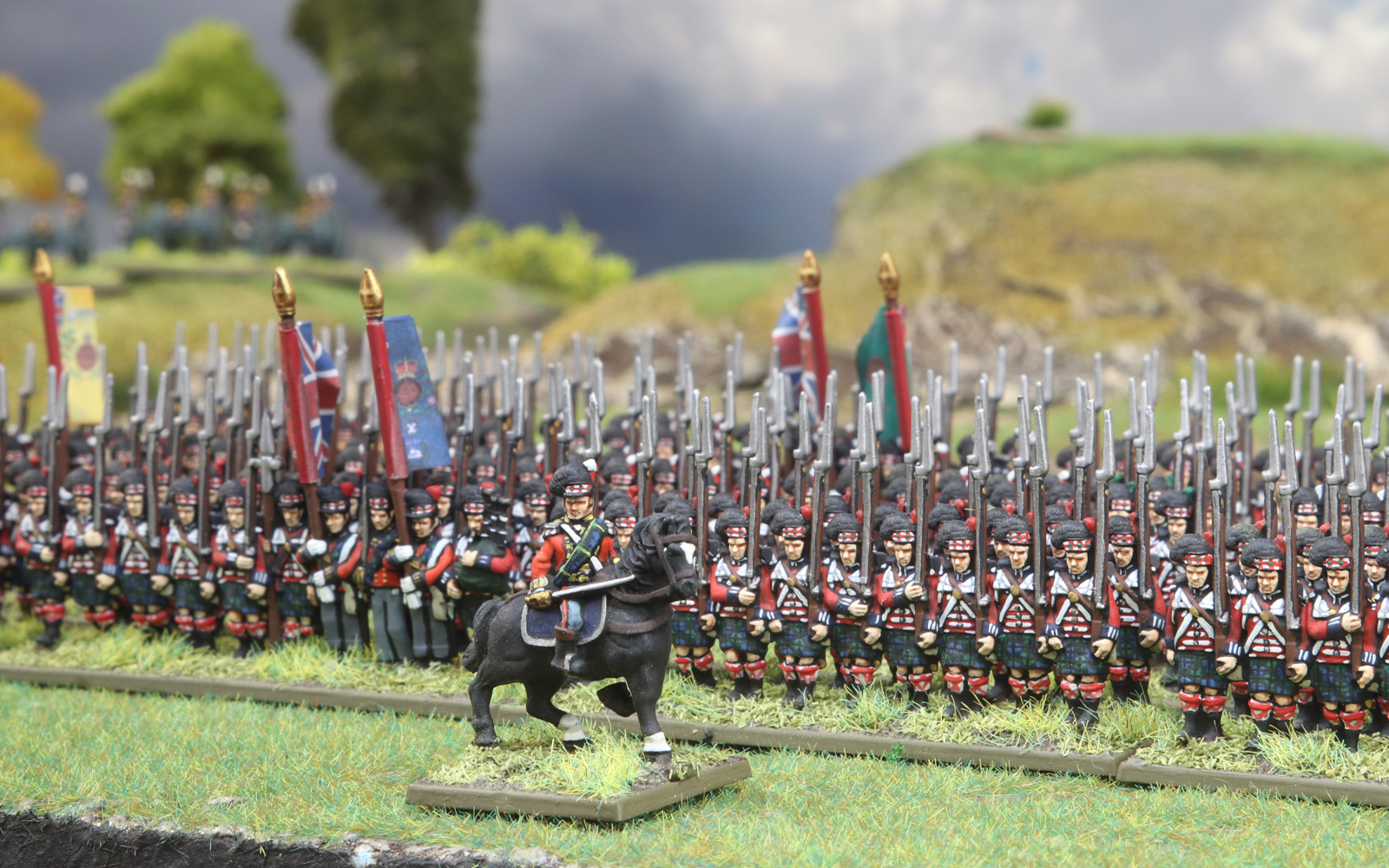
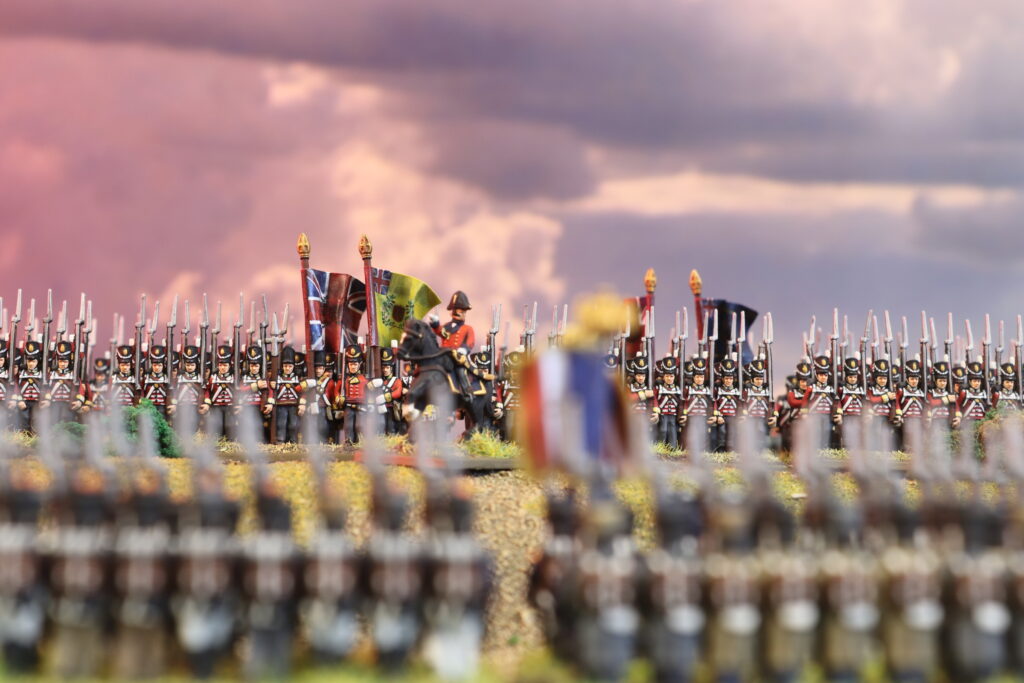
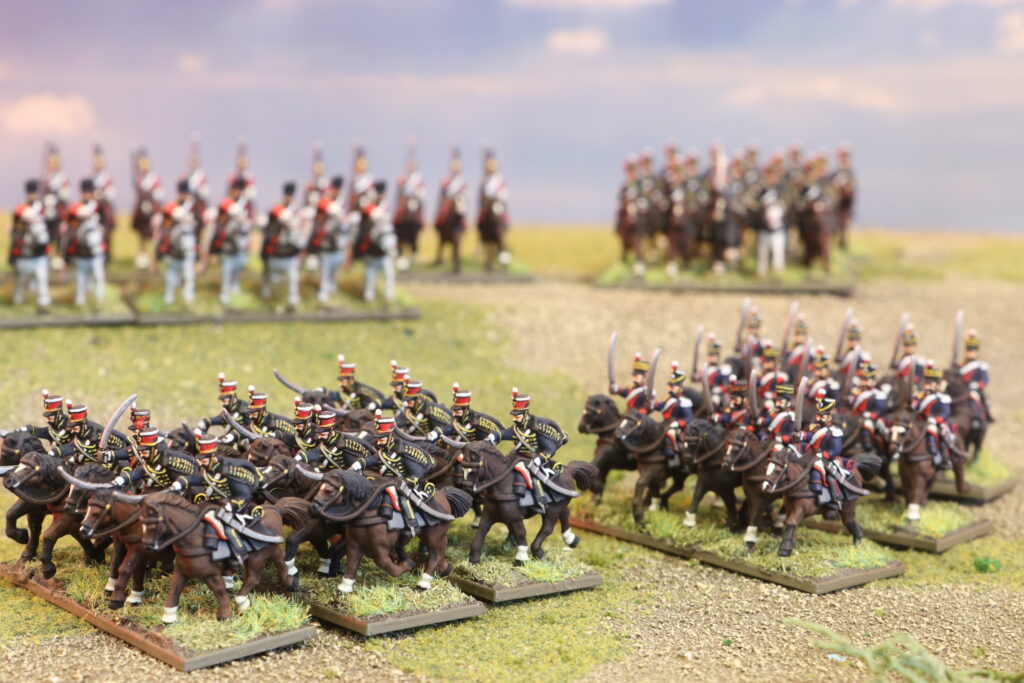
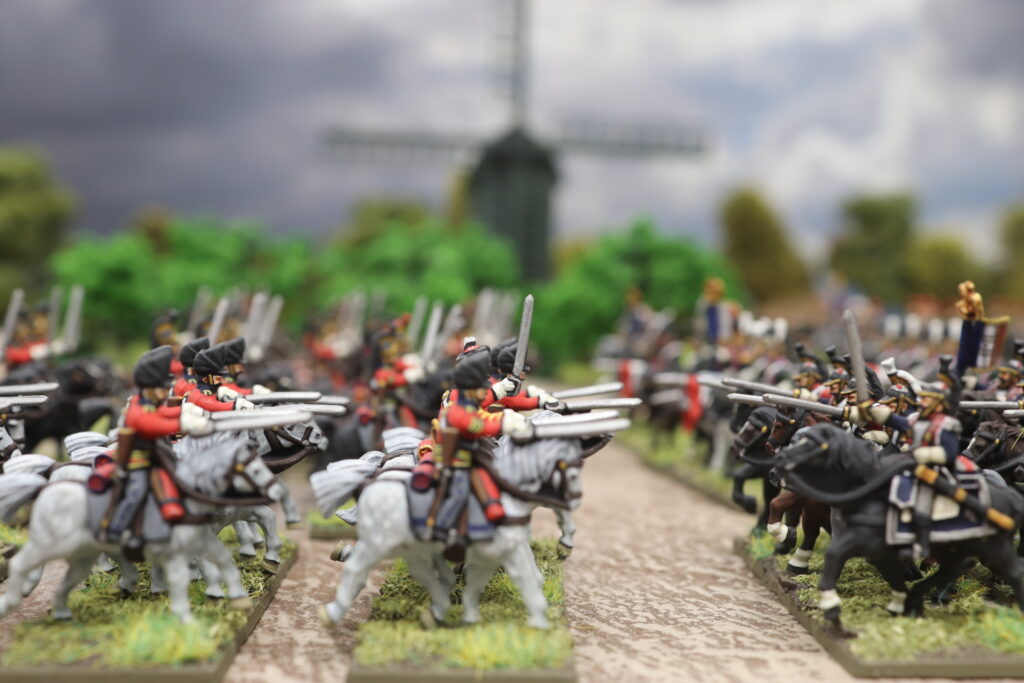
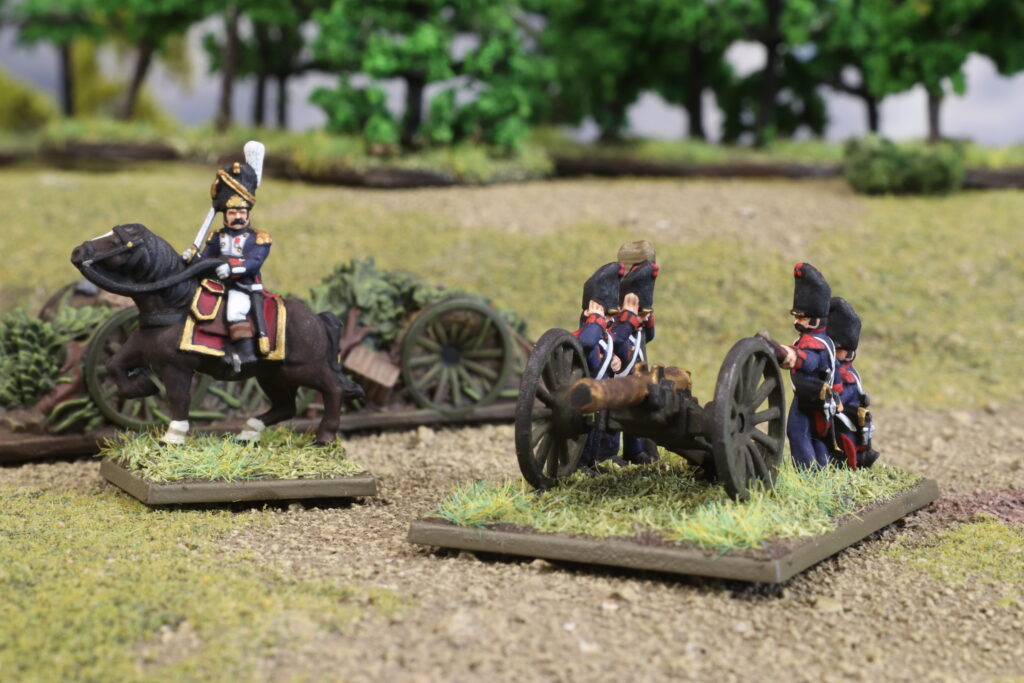
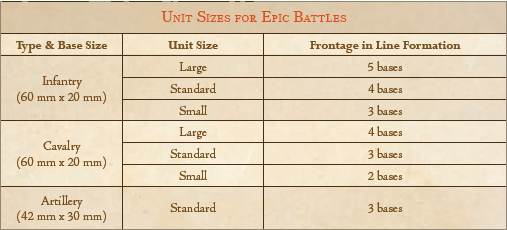
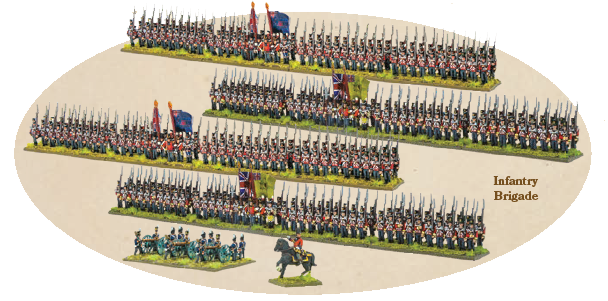
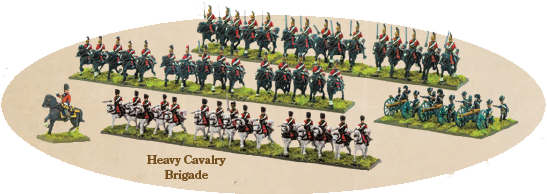

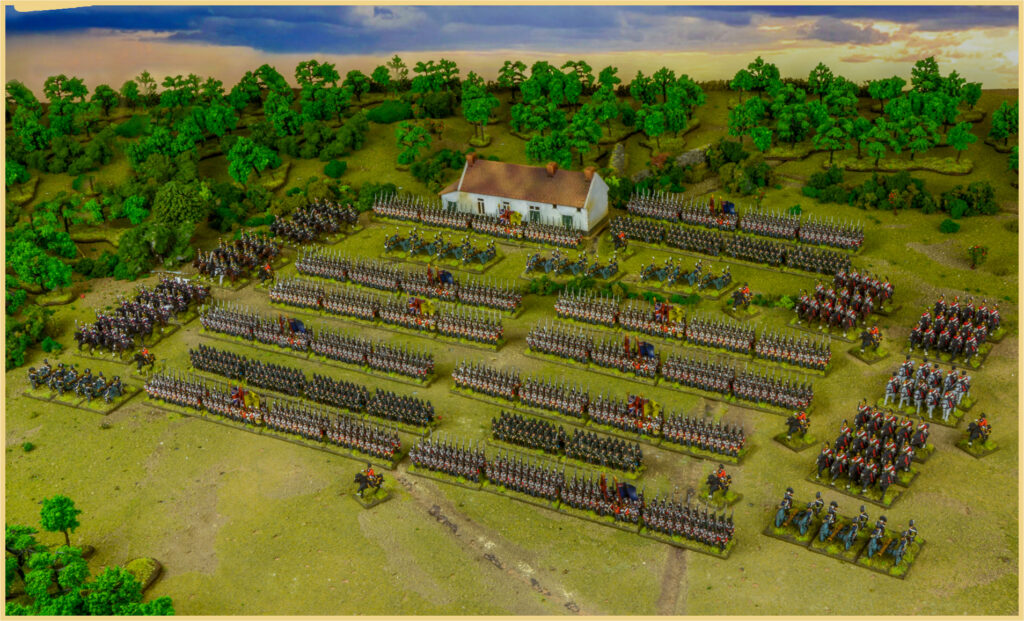
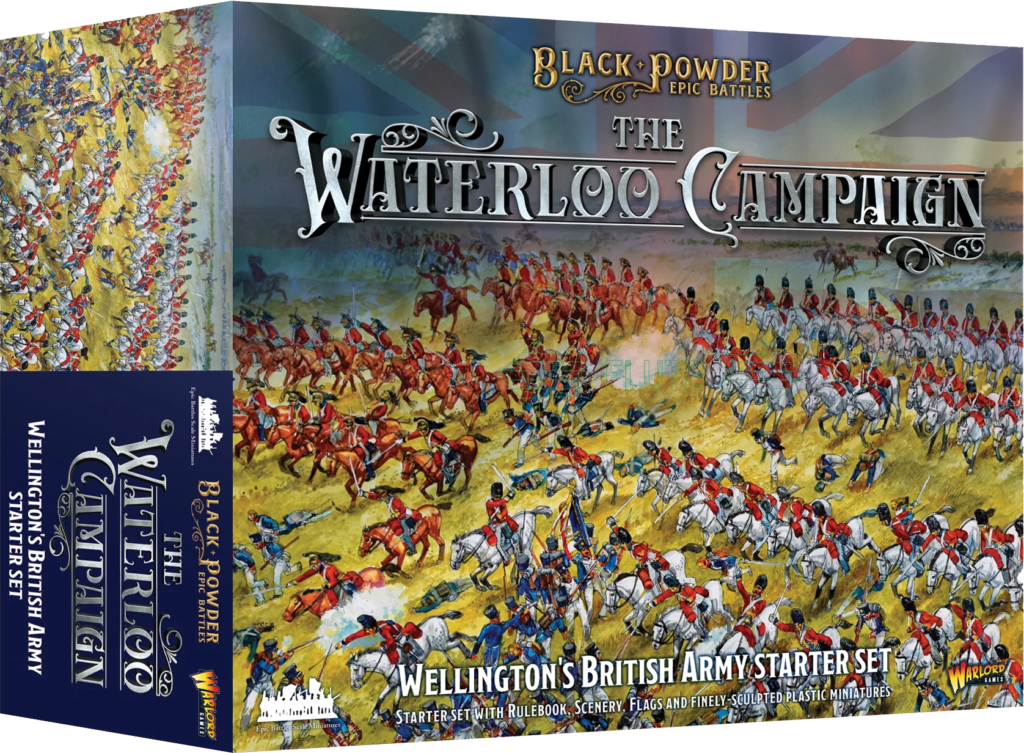
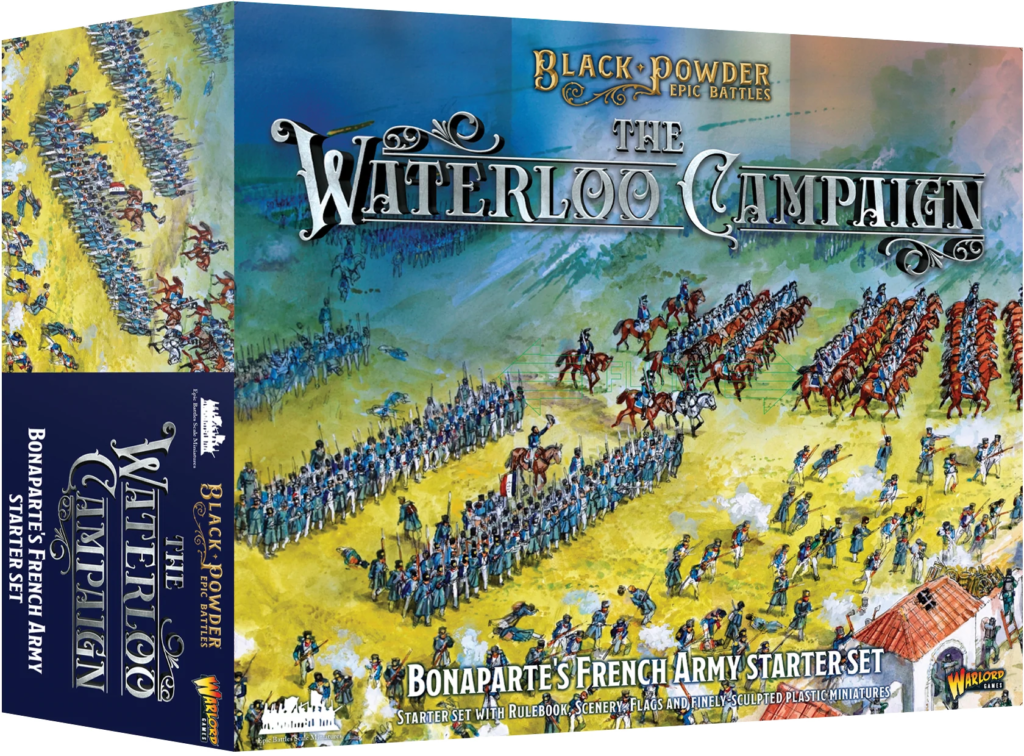
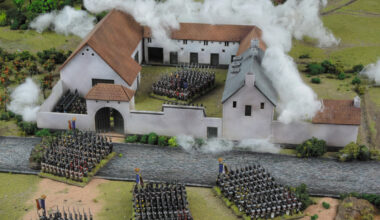
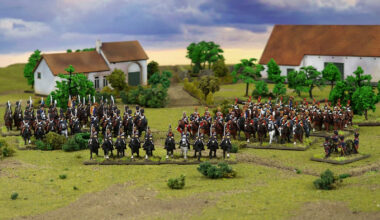
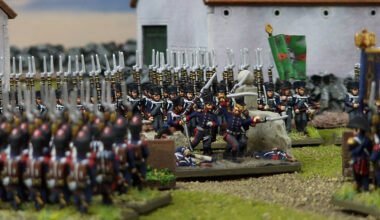
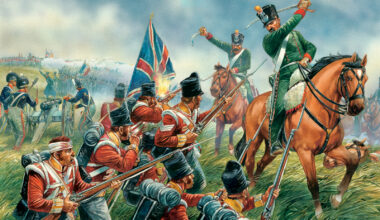
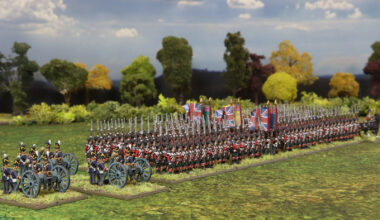
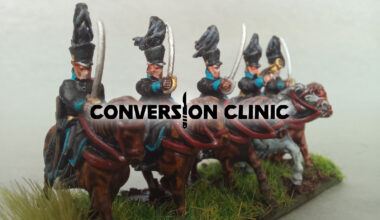
1 comment
any chance of separate command strips?
Comments are closed.